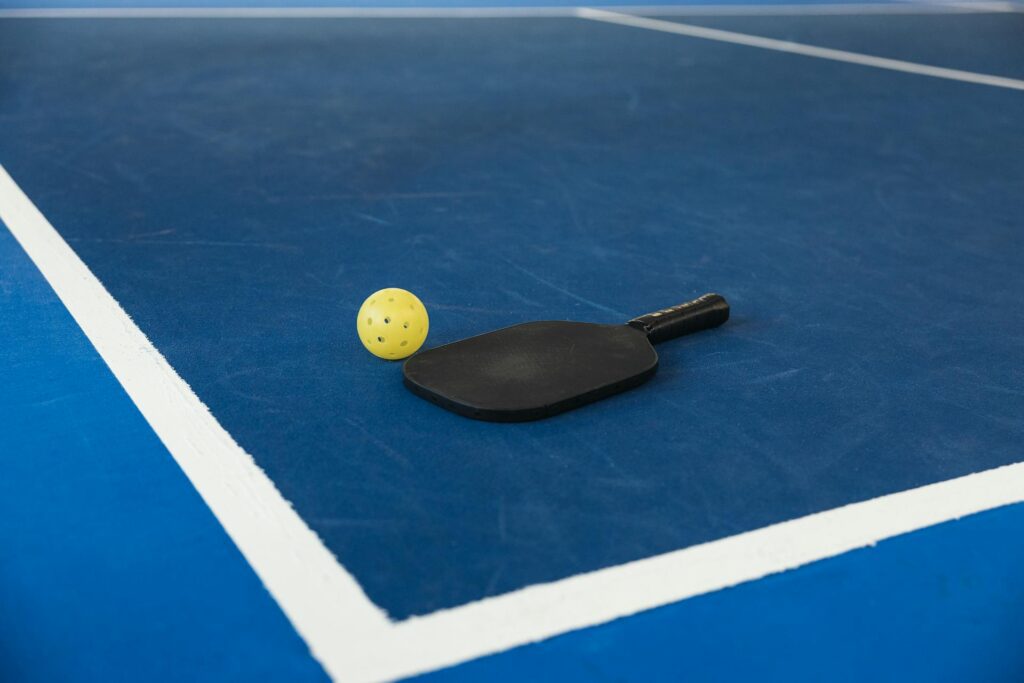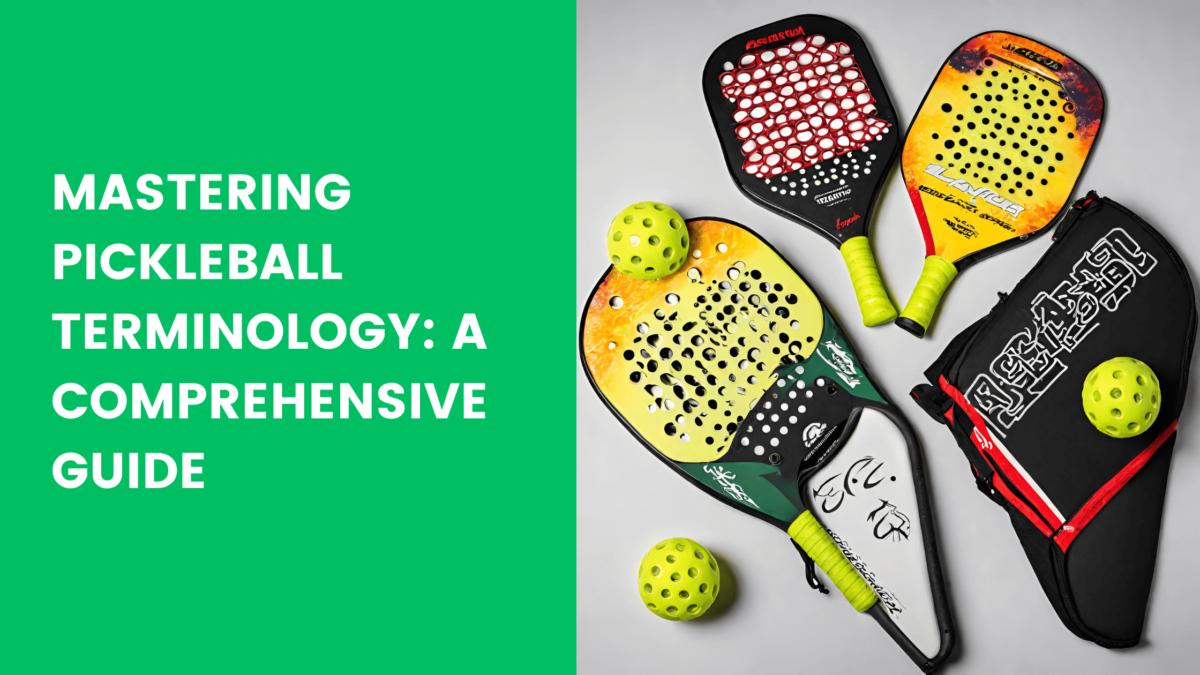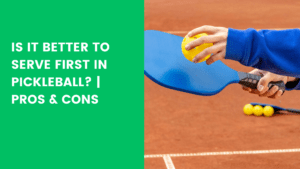Delve into the exhilarating world of pickleball with our comprehensive guide to mastering its unique terminology. Whether you’re a seasoned player or a curious newcomer, navigating the language of this fast-paced sport can be a game-changer. Unravel the jargon, from the baseline to the kitchen, as we break down the essentials in a language that’s as easy to understand as a friendly rally. Let’s embark on this linguistic journey, exploring the court’s intricacies and strategies together, adding a personal touch to your pickleball lexicon. Get ready to ace the game both on and off the court with our insightful insights.
The Basics: Pickleball terminology 101
What is Pickleball?
Pickleball is a unique sport that combines elements of tennis, badminton, and ping pong. Played on a rectangular court, and the primary equipment includes a perforated plastic ball and solid paddles. The game is known for its friendly yet competitive nature, making it popular among players of all ages.
Court Dimensions
The standard Pickleball court measures 20 feet by 44 feet, with specific zones and markings that players must be familiar with. Therefore Understanding the court dimensions is fundamental to strategic gameplay.
Essential Pickleball Terminology
1. Dink
This is a soft shot that barely clears the net and lands within the non-volley zone. Also a strategic move often used to set up the point or force opponents out of position.
2. Kitchen
Also known as the non-volley zone, the kitchen is the area adjacent to the net where volleying is not allowed. Players must be cautious when entering this zone to avoid committing a fault.
3. Ernie Shot
Named after a player who popularized it, the Ernie Shot involves hitting the ball around the post from an extreme angle. It’s an advanced technique that can catch opponents off guard.
4. Pickleball Poach
A poach occurs when one player intercepts the ball intended for their partner. Communication and anticipation are key to executing successful poaches.
5. Third Shot Drop
The third shot drop is a crucial play that involves a soft, controlled shot aimed at placing the ball in the non-volley zone. Mastering this shot adds finesse to your gameplay.
Advanced Strategies
6. Stacking
In doubles play, stacking involves a strategic positioning of players to exploit their strengths and capitalize on the opponents’ weaknesses. Understanding stacking formations can give you a significant advantage.
7. Spin Techniques
Adding spin to your shots can be a game-changer. Learn the nuances of topspin, backspin, and sidespin to control the ball’s trajectory and create unpredictable plays.
8. Pickleball Lob
The lob is a high, arching shot aimed at sending the ball deep into the opponent’s court. It’s an effective strategy to buy time, change the pace, and disrupt the opponent’s rhythm.
Rules and Etiquette

9. Faults and Violations
Understanding the rules is paramount to fair play. Familiarize yourself with common faults and violations to ensure a smooth and respectful game.
10. Scoring in Pickleball
Pickleball uses a rally scoring system, meaning points can be scored by both the serving and receiving teams. Understanding the scoring system is essential for effective gameplay.
Also read 5 Critical Mistakes Every Beginner Pickleball Player Should Avoid
Conclusion- Pickleball Terminology
In conclusion, mastering Pickleball terminology goes beyond memorizing words; it’s about incorporating these terms into your gameplay. Above all, Whether you’re aiming for a casual match or tournament success, a solid understanding of Pickleball’s language enhances your overall experience on the court.
Frequently Asked Questions-
- What is the significance of the term “kitchen” in pickleball?
- The kitchen, also known as the non-volley zone, plays a crucial role in strategic gameplay. It restricts players from hitting the ball directly at the net, adding a layer of skill and tactics.
- Why is it called “pickleball”?
- The origin of the name “pickleball” is intriguing. Some believe it was named after the creators’ dog, Pickles, while others attribute it to the combination of various sports, creating a “pickle” of games.
- What are the most common faults in pickleball?
- Common faults include stepping into the non-volley zone while volleying, double-hitting the ball, and failing to allow a double bounce when required.
- How do tournaments typically incorporate round-robin and bracket play?
- Tournaments often begin with round-robin play, where players compete against everyone in their group. The top performers then advance to bracket play, leading to a final winner.
- Are there specific rules for “poaching” in pickleball?
- Poaching, where a player intercepts a shot intended for their partner, is allowed in pickleball. Effective communication is key to successful poaching without causing confusion on the court.






Pingback: Is it Better to Serve First in Pickleball? | Pros & cons - All about pickleball
Pingback: Pickleball vs racquetball-A Comprehensive Comparison - All about pickleball
Pingback: Pickleball Kitchen Rules: Understanding the Non-Volley Zone - All about pickleball